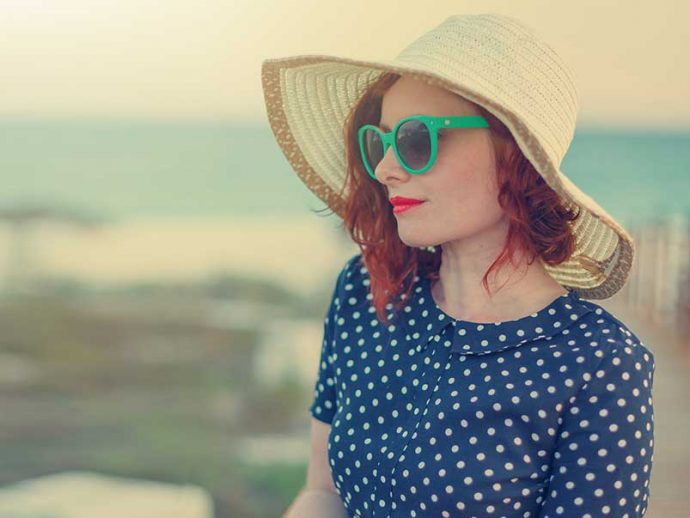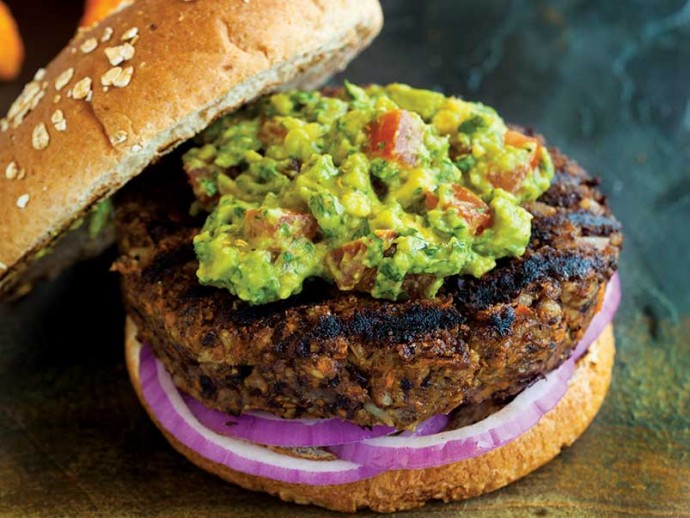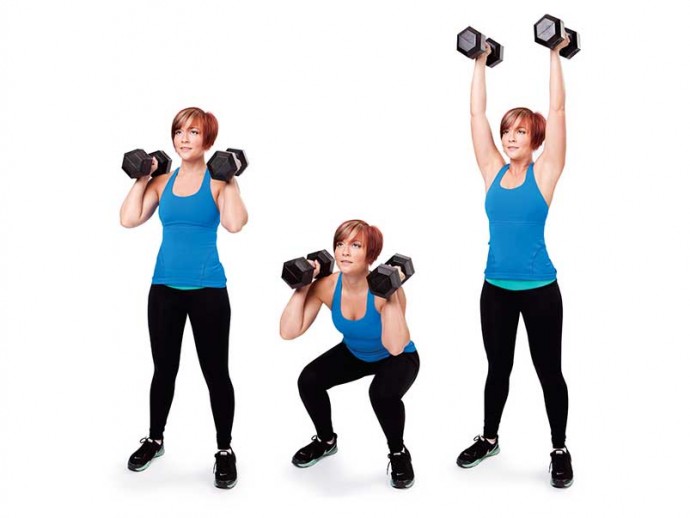
You know it well: the prickly, tight, overly warm feeling that heralds the arrival of sunburn. And you know that too much sun exposure can lead to a summer-ruining list of difficulties, including premature skin aging, cataracts and, yes, skin cancer.
But you may be surprised by what you don’t know. Did you know that bright or dark-colored clothing offers better protection from the sun than light-colored clothing does? (Yes—even though it’s contrary to travel brochure images of beachgoers in head-to-toe white linen.) Shiny fabrics, not matte ones, are also safer choices.
So, next time you head outside …
Grab a hat
While baseball caps are a good start, ambitious shade seekers should opt instead for a floppy, wide-brimmed hat. Head toppers with brims that wrap all the way around and that are at least 4 in (10 cm) wide are most effective, since they shade our ears, necks and hair, as well as our eyes.
Now’s not the time to reach for that loosely woven straw hat, though—holey hats are wholly ineffective at blocking out UV rays. Opt instead for something with a tight weave.
Cover up
The proof is in the farmer’s tan: most shirts, shorts, pants and skirts are great at protecting us from the sun’s damaging rays.
When ramping up your summer attire, make sure to choose loose-fitting, tightly woven materials, and make sure that any stretchy clothing—leggings, for instance—fits properly, as overstretching can lessen your sun protection.
Seek out shade(s)
When picking out sunglasses, look for labels stating that the lenses have UV 400 protection, 99 or 100 percent UVA and UVB protection, or that they meet ANSI Z80.3 requirements.
And, if you feel like it, you can even make a witty one-liner each time you put them on or take them off.
Slather on sunscreen
When shopping for sunscreen, make sure to find an SPF30 that protects against both UVA and UVB rays—while only UVB rays cause the unpleasant and colorful side effects that we all know about, both can damage our skin cells and contribute to skin cancer and other types of nastiness.
Look for mineral sunscreens that contain titanium dioxide or zinc oxide.
Finally, don’t be shy when it comes to slathering up! Most adults need about 1 oz (30 mL) of sunscreen to cover themselves, including all those oft overlooked spots like the ears, nose, tops of the feet and back of the neck. Make a habit of reapplying every two hours, or after swimming or perspiring.






